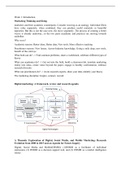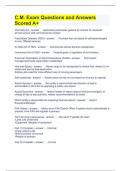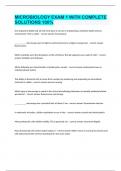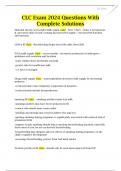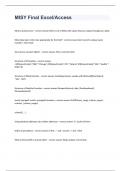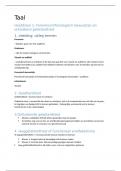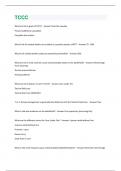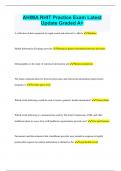Summary
Summary Digital and Social Media Strategies exam preparations!
- Course
- Institution
Summary of the papers and lecture slides of Digital and Social Media Strategies (DSMS) of Lachlan Deer. Made for the exam of Passed this class with an 8 and thereby positioned myself in the top 10% of this class
[Show more]
